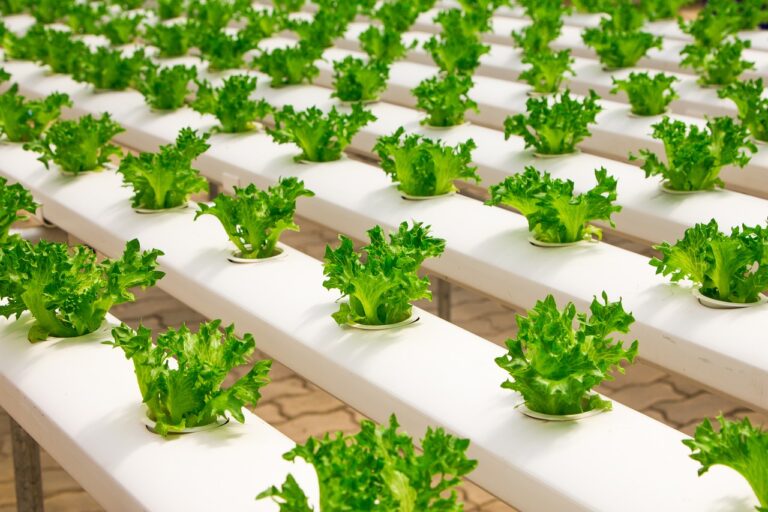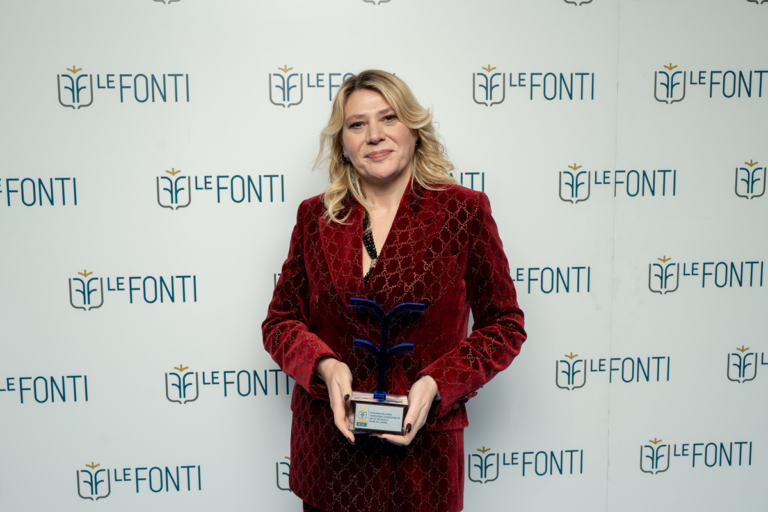Permaculture is a design method for eco-sustainable human settlements that use agriculture to meet the food needs of the population while respecting the land.
In the ideal permaculture model, a community must be able to self-produce its own goods. Not only for food but also for its energy needs, exploiting the agricultural resources of its territory while respecting the environment.
In this article we will explain the meaning of the terms permaculture and permaculture.
Table of Contents
Permaculture, what is it and its origins
Both terms are therefore correct, but with the difference in meaning mentioned above.
The first English-language text, written by Bill Mollison and David Holmgren, was published in 1978.
The text explains how to combine knowledge from different disciplines (natural agriculture, bioarchitecture, climatology, economics, botany, forestry, ecology) to cultivate in harmony with nature.
Permaculture is an integrated design process that results in a sustainable, balanced and aesthetic environment.
All permaculture is rooted in the concept of applying the right strategies to achieve and maintain the balance of the systems.
Where to apply Permaculture
In practical terms, permaculture can be applied to a home vegetable garden, home terrace, one’s own garden as well as to isolated dwellings, rural villages and urban settlements.
Permaculture can already be found in small domestic settings, starting from the balcony, terrace or garden at home.
With a terrace or balcony, much more interesting scenarios open up. To begin with we can take advantage of the verticality by placing shelves and shelves. While for the open side towards the street we can use trellises that will also create pleasant slightly shaded areas and a kind of barrier with the outside.
Practical examples of Permaculture at home
On the ground we can then arrange the taller plants behind the lower ones, using lightweight containers. Old plastic buckets, jute sacks, fruit crates, old pots, but also tetrapaks cut in half and perforated at the bottom are perfect for small plants.
Many people, used to simply buying all the food they eat in supermarkets, have no idea how much good food grow on a simple terrace. Tomatoes, carrots, aubergines, green beans climbing on trellises and much more.
As far as water supply is concerned, we can connect tanks to the gutters to recover the providential rainwater. Perhaps by camouflaging them with climbing plants. To fertilise our plants we can consider preparing compost using organic waste, usually collected in the wet waste bin.
In short, there are many ideas for practising it with satisfaction. We just need to put some willpower and passion into it.
Permaculture buildings
Permaculture ‘building structures’ are constructed according to the surrounding vegetation. One can say that houses and buildings should ideally boast all the principles of bioclimatic architecture. Energy efficiency, thermal insulation, green roofs, solar energy.
Right up to the passive house model, which – just like the whole system – is self-sufficient. The typical materials used in permaculture constructions are straw, raw earth, wood.
Read also: What are “ecovillages”, an increasingly popular way for sustainable living












